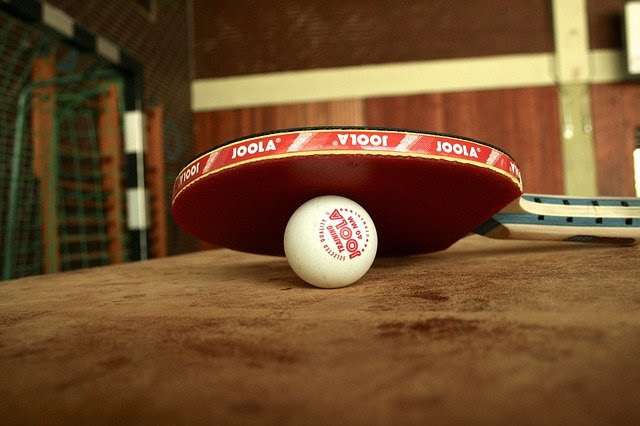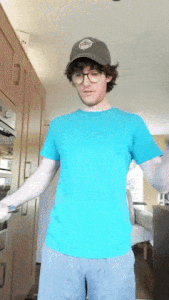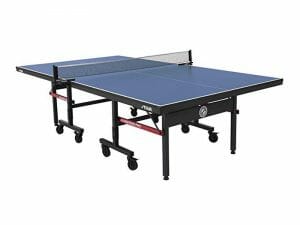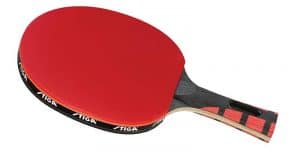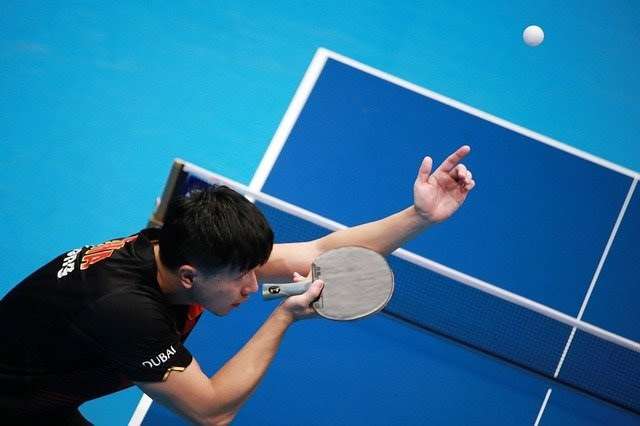How to Make Your Ping Pong Paddle Sticky + Keep It Sticky
- Alex Horscroft
- Last updated
The best method to keep your ping pong paddle sticky or grippy is to clean your rubbers regularly and use a protective case. You should also swap your rubbers out when they lose too much grip so you are never playing with a top sheet that is too slippy.
However, there are more steps you can take to preserve your grip even better. In this post, I will cover everything you need to know about making your ping pong paddle sticky. You should understand how to properly care for your rubbers by the end.
Table of Contents
Distinguishing Between Sticky and Tackiness
But first, let’s compare the grip or stickiness of a rubber and its tackiness.
- Grip or stickiness refers to the rubber’s capacity to generate spin. This is the rubber’s ability to maintain contact with a singular point on the ball without slipping.
- Tackiness, on the other hand, is a little more specific. It refers to the rubber’s ability, quite literally, to stick to the ball. You can easily conduct a tackiness test by pressing your paddle against a ball and holding it upside down to see how long the rubber can hold it without it falling. If you’re using Chinese table tennis rubbers, there’s a good chance your rubbers are tacky.
Think of tackiness as a sub-class of grip. There are other ways of having a grippy rubber without tackiness. A soft sponge, for example, allows the ball to sink more into the sponge, increasing the surface area of the rubber in contact with the ball.
Ultimately, we are concerned with spin production here, and any contributor to grip will do. Do not be concerned if your rubbers are not tacky. They were likely not designed to be. The vast majority of rubbers are only slightly tacky but still very spinny.
Why You Want Good Grip/Tack
Table tennis is a very spin-dominated sport. The shots we see performed at the top level are only made possible by having rubbers with high spin capability.
Poor equipment is often blamed for weak performance in sports. Almost comically so. It’s a cheap excuse to explain why you didn’t play as well as you should have. But in table tennis, your paddle is a big deal. For high-level players, there is a strong relationship between the quality of the racket and performance.
I’ve lost to vacationers at resorts in the past simply because I was wielding some crappy unbranded paddle. Now put me against those same people with my own racket and I doubt they would get more than a couple of points. It really does make that much difference.
A lack of grip limits your options and forces you to play more one-dimensional. You can pretty much kiss looping goodbye. Think of an MMA fighter who enters the cage without being able to throw any kicks. They would perform a lot worse, wouldn’t they? So, knowing how to make your rubbers grippy is very important if you take the game seriously.
How to Ascertain the Grip of Your Rubbers
The first step to ensuring your rubbers are grippy or sticky is to assess their state. How old are they? Are the rubbers eroded around the edges? Are the pimples showing through? These can be signs that it’s time for a change.
The sure-fire way to tell is to pinch your rubbers and try pushing from left to right to see how much they resist. You can also try throwing the ball against your paddle to strike it up in the air and produce sidespin. (see me doing it above) Adjust your angle to counteract the spin so that the ball goes straight up once it hits your bat. The more of an angle you can have your paddle at, the more grip it has.
Read More: Ping Pong Grips: Every Way You Can Hold a Paddle
How to Make Your Ping Pong Paddle Sticky/Grippy
1. Replace Your Rubbers

If your current rubbers are not proving to be very grippy, it’s time to get some different rubbers. It can be tempting to try and save money by getting a cheap set, but I would recommend spending more to secure quality you can be happy with.
The best rubbers will be more grippy, and they will hold that grip for longer periods of time. I, for instance, only swap my rubbers out around every year or so now because they last a long time. You can also view my guide on the best table tennis rubbers.
2. Clean Your Rubbers
Now that you’ve got rubbers with adequate grip, it’s time to prolong this grip for as long as possible. This starts with cleaning your rubbers.
Regular cleaning of rubbers helps to keep your ping pong paddle sticky/grippy.
Rubbers collect dirt, debris, and dust very easily. This will be especially apparent if you have tacky rubbers. Table tennis balls frequently end up on the floor and collect whatever gunk resides there. Floors are far from clean, and all of this dirt finds its way to your racket. It is, therefore, very important to regularly remove the dirt from your rubbers to keep them in great condition.
How to Clean Table Tennis Rubbers
Cleaning table tennis rubbers is very simple. First, purchase a ping pong paddle spray. This rubber cleaning solution is designed to restore the tackiness/grip of table tennis rubbers. I’d be wary of using other cleaners as some could damage or even corrode your rubbers.
After each session, use a few sprays on either side of your rubber and work the solution around with a sponge, wiping the dirt outwards. It literally takes 10 seconds, so there is no excuse not to do it.
You can also just clean your rubbers with water. A lot of players with tacky rubbers elect to do this. The only issue with using just water is that it is not as effective at lifting dirt. You may find that you get a heavy layer of ball residue on your paddle if you use many new balls in one go. This kind of build-up can sometimes be quite difficult to remove, but a rubber cleaner tackles it comfortably.
3. Use Protective Sheets and a Case
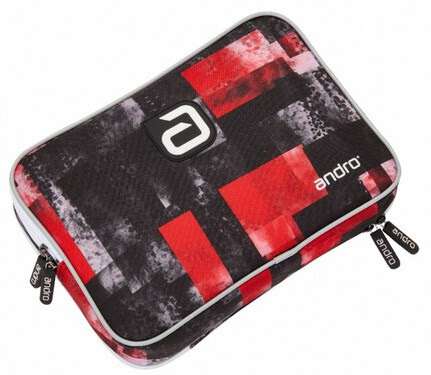

Now that your paddle is clean, it’s time to store it properly. A case is a necessity, not just to keep dirt and dust away, but also to prevent your paddle from getting knocked and chipped. Custom table tennis rackets are expensive pieces of equipment, so it doesn’t make any sense to not store one in a case.
Avoiding direct sunlight and extreme temperatures is also a must. A case helps to tick both of these boxes.
You can get cheap cases or you can pay more for fancier ones. I bought an aluminum case by Donic back when I was studying in high school. I often got some funny looks from people when they saw me take out my paddle! Some cases have enough space for multiple rackets. Here is such a case by Andro.
A somewhat more overlooked method of prolonging rubbers is the application of protective sheets. These are thin sheets of plastic that directly stick to your rubbers. As your paddle should already be in a case, protective sheets are far from essential. The case will keep out virtually all of the dirt and dust.
If however, you’re not convinced, protective sheets ensure maximum levels of protection. You can purchase a set here. They are very inexpensive and will last a long time.
Read More: The 10 Best Ping Pong Paddles: Reviews And Buying Guide
Alternative Ways to Make Rubbers Sticky
The final method of keeping your table tennis rubber sticky or grippy is artificially boosting them. This helps rejuvenate dying rubbers, giving them a new lease of life.
You should be aware, however, that whatever you apply to your rubbers to enhance their grip will be a temporary fix. The effects could last weeks or it could last minutes. If you have truly dead rubbers, I wouldn’t waste your time trying to save them. Just get a new pair.
Before I discuss the substances you can use, you must know how they fit in with the ruleset. The governing body of table tennis, the International Table Tennis Federation (ITTF), forbids the methods I am about to list. This means you should not apply anything besides rubber cleaner if you want to compete in sanctioned events.
‘The racket covering shall be used without any physical, chemical or other treatment.’ – ITTF Handbook
Something interesting to note is that boosted rubbers are in fact, entirely legal to use in table tennis… but only if the manufacturer applies it. This means as players, we are unfairly limited. But there is not much we can do except accept it.
1. Apply Booster
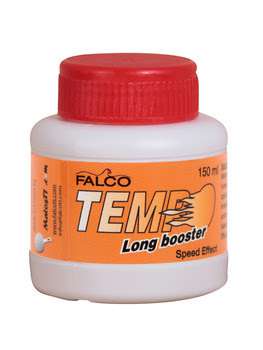
The best method to make rubbers sticky is to use a booster (otherwise known as a tuner). Falco Tempo Long Booster is one of the most popular tuners out there. It comes in a bottle of 150 ml which should yield 40-60 layers of boost. It’s particularly popular for Chinese types of rubbers and fairly similar to speed glue which is now banned.
The way you apply booster is to the sponge and not the top sheet. The application of a booster causes the sponge to expand. This, in turn, enhances the grip of the top sheet when glued to the blade.
The effect lasts around 8-12 weeks which is the most you will get out of any rubber rejuvenation method. When the booster begins to fade you simply reapply.
Here is the step-by-step process of how to make your ping pong paddle sticky again using a booster:
- Remove your rubber from the blade and take off your rubber protector if you have one
- Apply a thin coat of table tennis glue
- Wait 20 minutes for the glue to dry
- Apply a thin layer of booster to the sponge
- Wait 24 hours for the booster to dry
- Apply a second thin layer of booster to the sponge
- Wait 24 hours for the booster to dry
- Glue the rubber to your blade with a thin layer of glue as normal
You should notice that the rubber will begin to dome after you apply a few layers. This is entirely normal. Falco recommends using no more than 3 layers of booster at a time.
2. Apply Oils
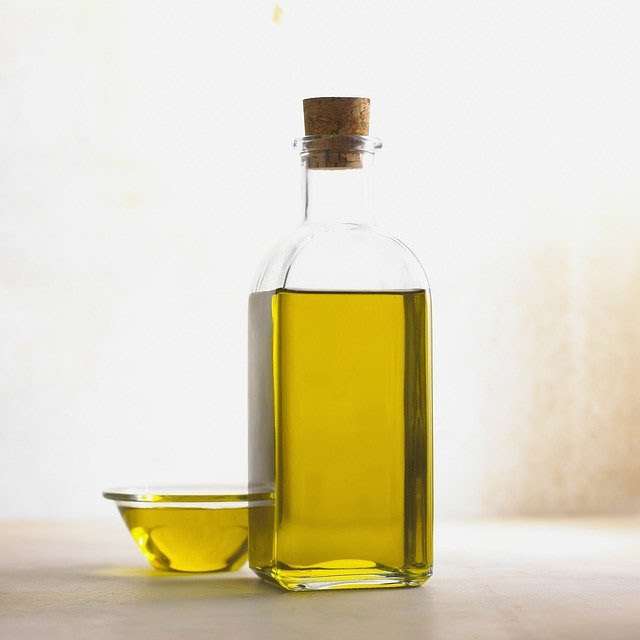
The final method of making your rubber grippy again is through applying oil to the surface of the rubber.
This is the sort of technique you will see a lot online from people who are not as involved in the sport. I’ve seen a lot of different proposed ingredients such as lemon juice and baby oil, but the most common one I see is sunflower oil.
You apply it across the surface of the rubber with a brush and then leave to dry. The process is then repeated around 3 to 5 times.
I have never personally used this technique. Again, I like to keep things legal as I compete. And techniques such as this will not last long at all. I can almost guarantee that any effects would wear off after a session or two, if they take hold at all.
Final Thoughts
As discussed, preserving grip or tackiness is important if you want to play at a high level. While many people want to know how to make their ping pong paddle sticky, they should be more concerned with maintaining the grip that they have already got.
Any artificial chemicals you use besides rubber cleaner will be temporary and likely break ITTF rules.
Instead, simply purchase good quality table tennis rubbers, clean them after every session, and store them well. It really is that simple.
Frequently Asked Questions
How Do I Keep My Table Tennis Rubber Sticky?
The best way to maintain a sticky ping pong paddle is to adequately care for it. Clean your rubbers after each session and store your racket in a case. When your rubbers eventually die, make sure to switch to new ones. That way you’ll never have to play with rubbers that have little grip.
How Do I Make My Table Tennis Rubber Sticky?
If your rubbers have lost too much grip, you can temporarily restore some of it by applying various chemicals. The most popular one is rubber booster, and the effect can last for up to 12 weeks depending on how often you play.
Freelance writer. Table tennis enthusiast. Lover of all things online. When I’m not working on my loop game I’m probably binge-watching some fantasy show.
-
Alex Horscrofthttps://pingpongruler.com/author/alex-horscroft/
-
Alex Horscrofthttps://pingpongruler.com/author/alex-horscroft/
-
Alex Horscrofthttps://pingpongruler.com/author/alex-horscroft/
-
Alex Horscrofthttps://pingpongruler.com/author/alex-horscroft/
Popular Products
Join our email list for exclusive reviews & the latest Ping Pong News
Sign up to our newsletter and stay up-to-date with the latest news in the ping pong world, and be the first to read our new product reviews. We promise, no spam

